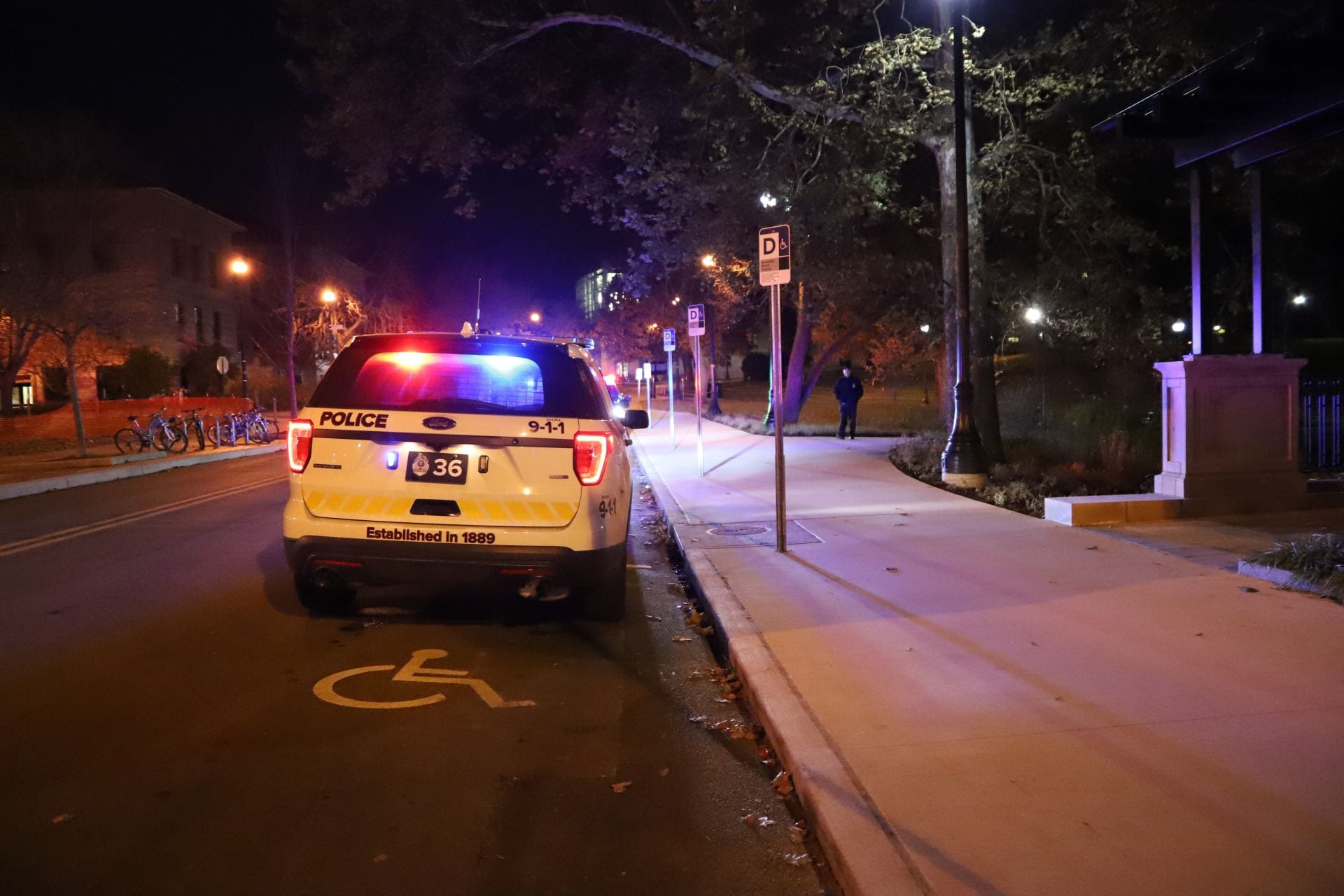The office of the chief information officer at Ohio State will be asking for additional funds from central administration this week.
Between $300,000 and $600,000 will be requested for networking equipment and fiber models, said Charles Morrow-Jones, director of networking for the Office of Information Technology.
OSU pledged its support to National LambdaRail, an organization seeking to overhaul the networking infrastructure between universities and large research institutions, in November. Pending approval, the materials will be used to connect OSU to one of the major networking hubs in either Chicago or Pittsburgh.
The new infrastructure will allow students participating in cooperative experiments between research institutions to connect with each other in a more quick and easy manner.
The connection is called point-to-point dedication, a narrowed hook-up between institutions which raises the speed of information transfer, said Paul Schopus, director of networking and operations at Oarnet, Ohio’s statewide Internet Service Provider for universities.
The need for a new network has been gaining support for about eight years, Morrow-Jones said. OSU’s system, a mass of networks called Abilene, runs on the Internet2 setup. Over 200 schools and organizations use Abilene.
Early in Abilene’s existence, it was clear the transfer of information along the network was too important to allow experimentation with the network itself, Morrow-Jones said.
By contrast, LambdaRail runs on a series of parallel networks through fiber optics, which allow for testing while important information is transferred on the same network.
“LambdaRail participants could be testing, surging and breaking the connection every five minutes, while two hospitals are performing a collaborative operation over the network at the same time,” Morrow-Jones said.
Average commercial Internet hook-up is 170 megabytes per second. Internet2 and similar commodity Internet hook-ups connect at 1000 mb/sec. LambdaRail will connect at 10,000 mb/sec.
“Compared to Internet2, LambdaRail is more focused on the quicker integration between research institutions and universities,” said Michelle Pollak, spokeswoman for National LambdaRail.
NLR was officially launched in September 2003 with the support of cooperative institutional groups in different parts of the United States. They hope to have the entire network up and running by 2006. The Committee for Institutional Cooperation, comprised of all of the Big Ten athletic schools and the University of Chicago, has been instrumental in the development of the network for many reasons, Pollak said.
The schools of the CIC award nearly 15 percent of the doctorates given in the United States annually, enroll nearly a half-million students each year and have exceeded $4 billion combined on research and development in 2001.
Their geographic locations are appropriate for the first phases of the LambdaRail construction – the first leg from Pittsburgh to Chicago via Cleveland was completed in late November, said Karen Partlow, spokeswoman for the CIC.
“The schools of the CIC made a collaborative investment of $5 million over the next five years for use of the network,” Partlow said.


